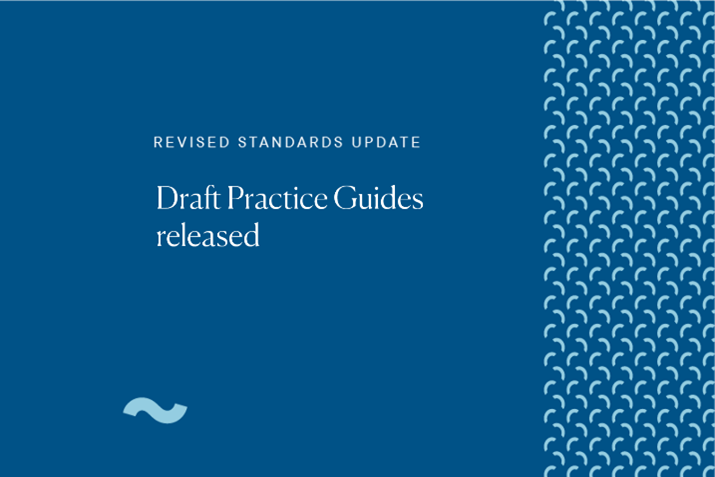You’ve probably heard “Don’t go outside in the winter with your hair wet or without a coat; you’ll catch a cold.”
Author
- Libby Richards
Professor of Nursing, Purdue University
That’s not exactly true. As with many things, the reality is more complicated. Here’s the distinction: Being cold isn’t why you get a cold. But it is true that cold weather makes it easier to catch respiratory viruses such as the cold and flu.
Research also shows that lower temperatures are associated with .
As a with a background in public health, I’m often asked about infectious disease spread, including the relationship between cold and catching a cold. So here’s a look at what actually happens.
Many viruses, including – the usual culprit for the common cold – influenza, and SARS-CoV-2, the virus that causes COVID-19, remain infectious longer and replicate faster in colder temperatures and . This, coupled with the fact that people spend more time indoors and in close contact with others during cold weather, are common reasons that germs are more likely to spread.
The and , or RSV, tend to have a . However, because of the emergence of new COVID-19 variants and immunity from previous infections and vaccinations decreasing over time, . As a case in point, COVID-19 infection rates .
Virus transmission is easier when it’s cold
More specifically, cold weather can of the influenza virus, making it more solid and rubbery. Scientists believe that the of the virus easier.
It’s not just cold winter air that causes a problem. Air that is dry in addition to cold has been linked to flu outbreaks. That’s because further helps the influenza virus to remain infectious longer. Dry air, which is common in the winter, causes the water found in respiratory droplets to evaporate more quickly. This results in smaller particles, which are capable of after you cough or sneeze.
How your immune system responds during cold weather also matters a great deal. may adversely affect the immune response in your respiratory tract, which makes it easier for viruses to take hold. That’s why wearing a scarf over your nose and mouth may help prevent a cold because it warms the air that you inhale.
Also, most people get less sunlight in the winter. That is a problem because the , which is essential . Physical activity, another factor, also tends to drop . People are to delay exercise in snowy or icy conditions.
Instead, people spend more time indoors. That usually means more close contact with others, which leads to disease spread. Respiratory viruses of an infected person.
In addition, and dry out your eyes and the mucous membranes in your nose and throat. Because viruses that cause colds, flu and COVID-19 are typically inhaled, the .
What you can do
The bottom line is that being wet and cold doesn’t make you sick. That being said, there are strategies to help prevent illness all year long:
- .
Avoid touching your face, something people do .
Stay hydrated. of water is a good goal, but that could be more or less depending on lifestyle and the size of the person.
. Dark green, leafy vegetables are , while eggs, fortified milk, salmon and tuna have vitamin D.
Stay , even .
.
Clean hard, in your home often.
If your nose or throat gets dry in the winter, consider using a humidifier.
Get your and .
Following these tips can ensure you have a healthy winter season.
This is an updated version of an on Dec. 15, 2020.
![]()








